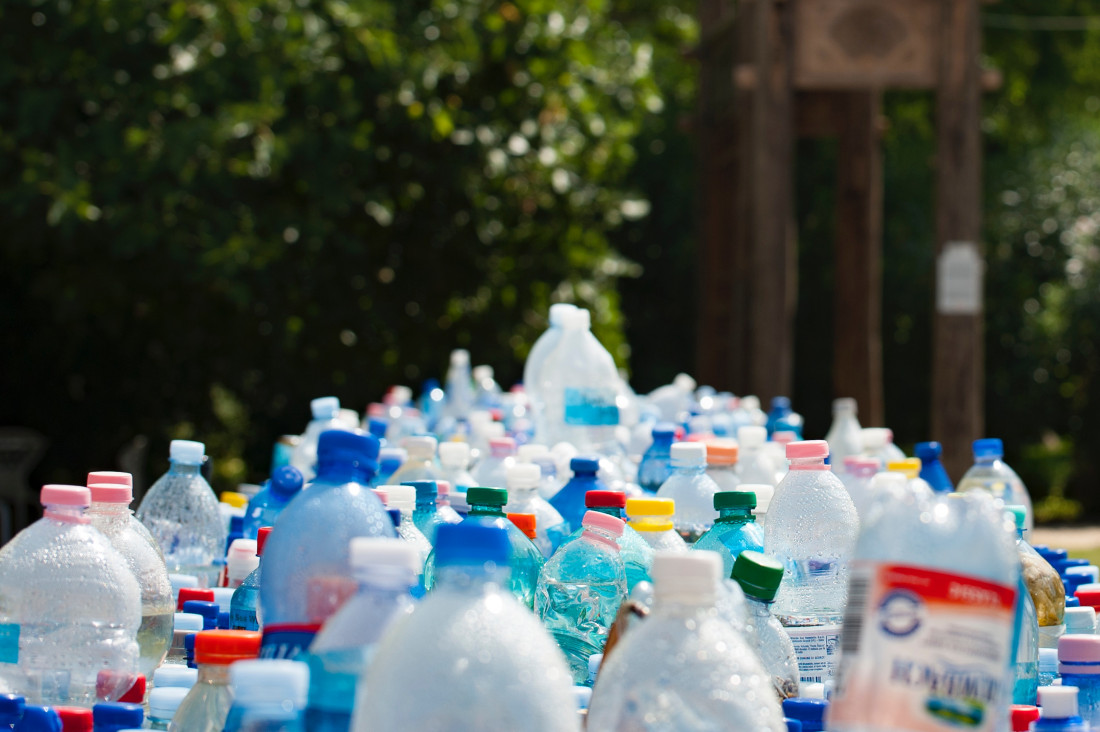Plastic packaging companies and detergent manufacturers may be forced to rethink their products following an increase in the number of children injured by eating detergent pods.
According to many news outlets, including the Washington Post, thousands of American children are harmed each year after ingesting the brightly coloured plastic packs of soap. CNN even reports of the death of a 7 month old boy in 2013 in Florida after he came into contact with one of the pods.
Tragic stories like this have led to the instigation of a formal study on the matter as reported by the journal ‘Pediatrics’. The study entitled ‘Pediatric Exposure to Laundry Detergent Pods’, found that, “There were 17 230 children younger than 6 years exposed to laundry detergent pods in 2012–2013. From March 2012 to April 2013, the monthly number of exposures increased by 645.3%, followed by a 25.1% decrease from April to December 2013. Children younger than 3 years accounted for 73.5% of cases. The major route of exposure was ingestion, accounting for 79.7% of cases.”
Leading the report to conclude that, “Laundry detergent pods pose a serious poisoning risk to young children. This nationwide study underscores the need for increased efforts to prevent exposure of young children to these products, which may include improvements in product packaging and labeling, development of a voluntary product safety standard, and public education. Product constituent reformulation is another potential strategy to mitigate the severity of clinical effects of laundry detergent pod exposure.”
Now the recommendation for legislating the pods has reached US government, where, according to thehill.com, two democratic senators (Dick Durbin and Richard Blumenthal) have begun the process to require “the Consumer Product Safety Commission to create better packaging and safety standards for the soap capsules.”
As Durbin said in his press release announcing the bill’s introduction, “Making the design and color of packets less appealing to children, making safer, child-resistant packaging and adding proper warning labels are common-sense protections for consumers similar to those for countless other household products. We can still have convenience without sacrificing safety for children and families.”
In response to the report and the bill’s introduction, the American Cleaning Institute said that the detergent industry was already adapting to avoid further injuries, stating that, “…manufacturers have made major changes to their packaging including the addition of easy-to-understand safety icons, improving warning labels to advise proper use and storage instructions, and changing to opaque packaging so the single dose packets are not visible from the outside.”
How much responsibility for these accidents is with the parents and how much blame should be placed on the detergent industry is a matter of opinion. And whether the bill is passed or not, the number of children being injured is of great cause for concern for everyone. But those within the industry must now be wondering, “Is it time for us to rethink our detergent products and packaging?”

